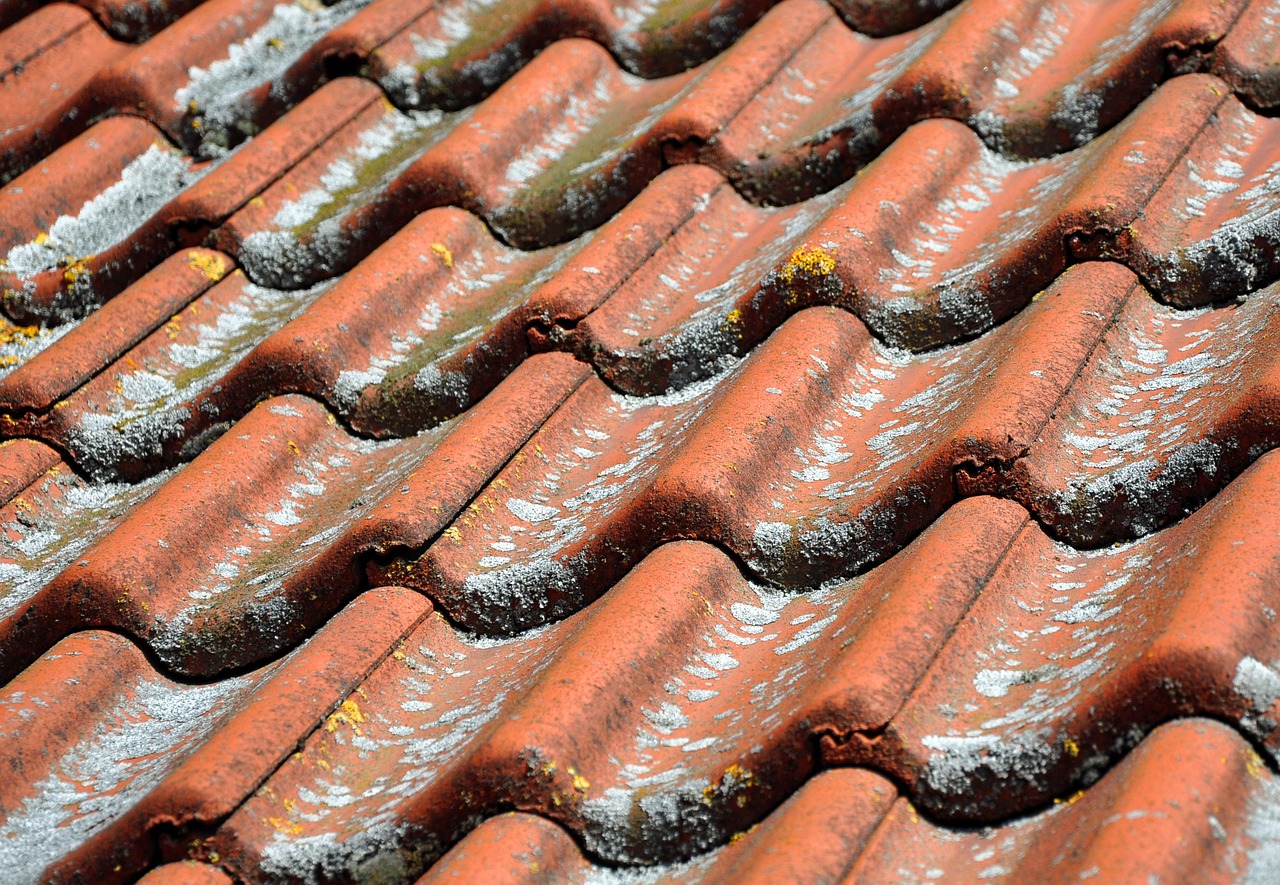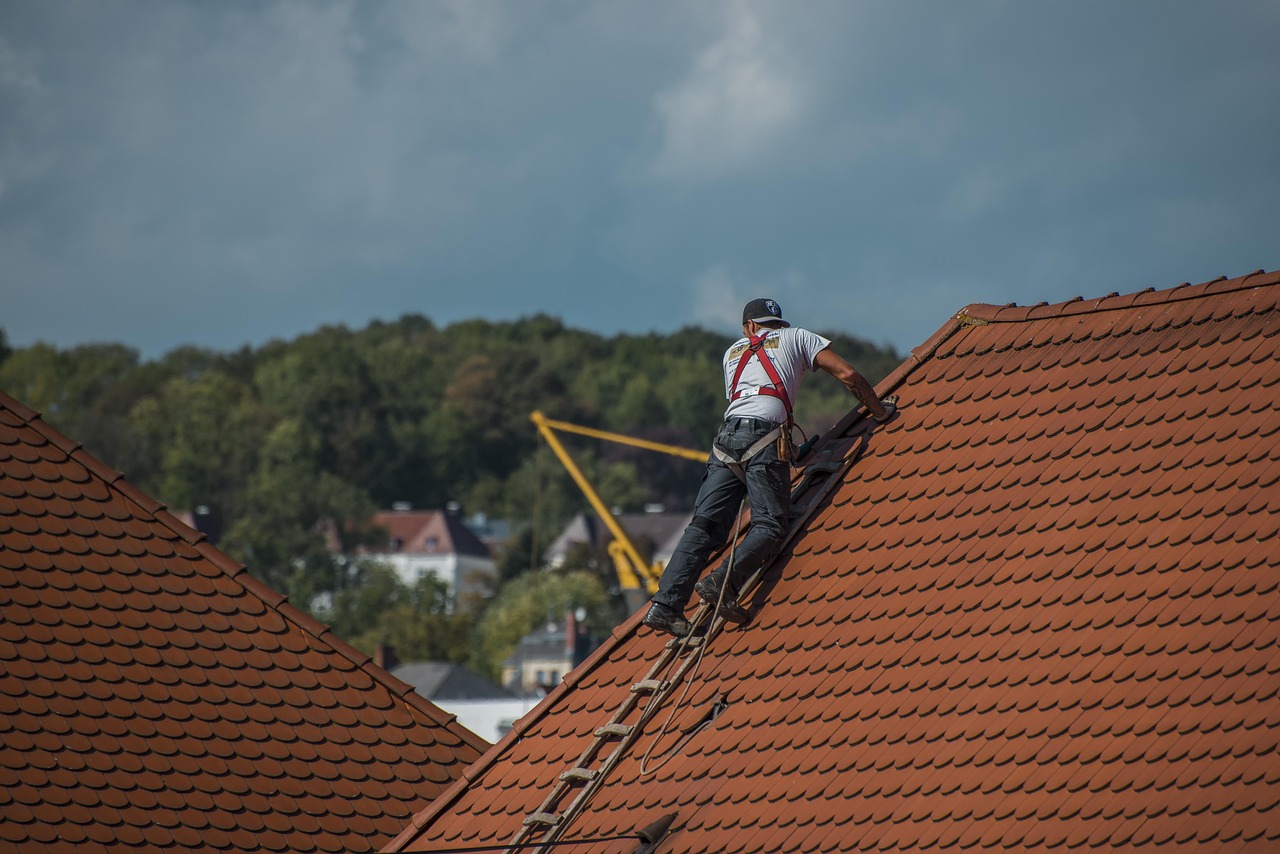-
Mold on roofs can cause significant structural damage if left unchecked, including weakened shingles, wood decay, and compromised gutters.
-
Early detection is crucial; visual signs, musty odors, and water damage in the attic can indicate hidden mold growth.
-
Mold exposure can affect health, causing allergic reactions, respiratory issues, and worsening of existing conditions.
-
DIY removal is possible for small areas, but extensive infestations often require professional intervention to prevent further damage.
-
Regular roof inspections and maintenance are essential for preventing mold and catching issues before they escalate.
-
Proper attic ventilation, debris removal, and leak repairs reduce moisture buildup, which limits mold growth.
-
Ignoring mold can lead to costly repairs, water damage inside the home, and long-term structural problems.
Mold on your roof might not seem like an urgent problem at first glance, but it can lead to serious damage to your home and health if left unchecked. Roof mold often goes unnoticed until it spreads or causes secondary issues like leaks, rot, or structural weaknesses. Understanding the risks and knowing when to act is crucial for every homeowner.
Why Does Mold Appear on Roofs?
Mold on roofs is primarily caused by moisture accumulation, organic debris, and shaded areas that trap water. Common contributors include:
-
Leaks or cracks in roofing materials: Damaged shingles, tiles, or flashing can allow water to seep into the underlying roof structure.
-
Poor attic ventilation: Condensation builds up in inadequately ventilated attics, creating the perfect environment for mold growth.
-
Tree coverage: Overhanging branches block sunlight and hold moisture on your roof, promoting fungal growth.
-
Organic debris: Leaves, twigs, and moss can hold water against the roof, increasing the risk of mold development.
Mold begins with small patches and can spread quickly if the conditions remain favorable, leading to more extensive damage over time.
How Can Mold Affect Your Home’s Structure?

Mold isn’t just an unsightly nuisance; it can cause serious and sometimes irreversible damage to your home’s structural components if left untreated. The impact often starts subtly but worsens over time, compromising both safety and value. Key ways mold can damage your home include:
Roofing materials weaken:
Mold growth retains moisture, which accelerates the deterioration of shingles, tiles, and underlayment. Over time, this can cause curling, cracking, or breaking of roofing materials, leaving your roof vulnerable to leaks and wind damage. A weakened roof may also fail to protect your home against harsh weather, reducing the overall lifespan of your investment.
Wood decay occurs:
Mold spores can penetrate wooden supports, decking, fascia boards, and roof framing. As the mold feeds on the wood fibers, the material gradually loses strength, potentially leading to sagging roof sections or even partial structural collapse. This damage often goes unnoticed until it becomes severe, making early detection vital.
Gutters and drainage are affected:
Blocked or damaged gutters trap water, creating standing pools that encourage mold growth. Over time, this trapped water can rot fascia boards, soffits, and the edges of roofing materials. Poor drainage also increases the risk of water infiltration into the home’s interior.
Leaks may develop:
Mold can accelerate the breakdown of waterproof barriers, underlayment, and flashing. This creates opportunities for water to seep into the attic or ceilings, potentially causing water stains, warped drywall, damaged insulation, and even compromised electrical systems.
Even small mold patches can expand rapidly, leading to extensive repairs and higher costs if not addressed early. Taking prompt action is essential to prevent long-term structural damage and ensure the safety of your home.
What Are the Health Risks of Roof Mold?
Mold on your roof doesn’t just threaten your home—it can directly impact your family’s health. Mold spores released into the air can travel from the roof and attic into living spaces, causing a range of health concerns:
-
Allergic reactions: Exposure can trigger sneezing, itchy eyes, nasal congestion, and skin irritation. Individuals with sensitivities may experience more severe symptoms even with minimal exposure.
-
Respiratory problems: Prolonged contact with airborne spores can exacerbate asthma attacks, bronchitis, and chronic coughing. In children or the elderly, these respiratory issues may become serious without proper intervention.
-
Mycotoxin exposure: Certain mold species produce toxic compounds, known as mycotoxins, that can negatively affect the immune system, reduce resistance to infection, and, in extreme cases, cause neurological or systemic symptoms.
-
Worsening of existing conditions: Individuals with chronic respiratory or immune disorders, such as asthma, COPD, or autoimmune conditions, are particularly vulnerable to mold exposure. Long-term contact can significantly worsen their conditions.
Promptly dealing with mold on your roof helps you create a healthy home for your family.. By tackling the problem early, you reduce airborne spores, limit health risks, and maintain a safe living environment for your family.
How to Identify Mold on Your Roof Early
Early detection of mold can save you from costly repairs and protect your family’s health. Mold on a roof often begins in concealed areas, so paying attention to subtle warning signs is key:
-
Visual signs: Dark streaks, greenish-black patches, or fuzzy growth on shingles, tiles, or flashing are the most obvious indicators. In shaded areas or where water tends to collect, mold can appear as small, isolated spots that gradually expand.
-
Odors: Musty or earthy smells coming from the attic or upper rooms often indicate hidden mold growth, even if it’s not yet visible. A persistent odor should never be ignored.
-
Growth around roof components: Mold can appear around roof vents, gutters, fascia boards, or other structural components where moisture accumulates. Inspect these areas closely, especially after heavy rainfall or snowmelt.
-
Water damage in the attic: Signs like water stains, damp insulation, condensation, or warped wooden beams may indicate underlying mold problems. Checking the attic regularly, particularly after storms, helps detect mold before it spreads to other areas of the home.
Routine roof inspections, ideally twice a year and after major storms, are essential for catching mold early. The sooner you detect it, the easier it is to remove and the less damage it will cause to your roof and overall home structure.
Can Mold Damage Your Home’s Energy Efficiency?
Yes. Mold on the roof can indirectly affect your home’s energy efficiency. When roofing materials and insulation become compromised:
-
Heat loss increases: Damaged shingles and poor insulation allow heat to escape in winter.
-
Cooling costs rise: In summer, moisture retention can force AC units to work harder.
-
HVAC systems are strained: Mold-related damage can reduce airflow and ventilation efficiency.
Addressing mold not only protects your roof but also contributes to energy-saving measures in your home, reducing long-term utility costs.
Should You Attempt Mold Removal Yourself?
DIY mold removal is possible for small, accessible areas, but larger infestations require professional help. If attempting it yourself:
-
Wear protective gear: Gloves, masks, and eye protection prevent exposure to spores.
-
Choose the right cleaning solutions: Mild cleaners or oxygen bleach are effective and safer than harsh chemicals.
-
Scrub gently: Avoid damaging shingles or tiles.
-
Dry thoroughly: Mold thrives in moisture, so completely drying the area is essential.
Understanding mold removal myths is critical here. Many homeowners believe mold can simply be painted over or ignored until it spreads, but these approaches often worsen the problem and lead to costly repairs.
When to Call a Professional Roofer

Some mold issues are too extensive or dangerous for DIY solutions. Knowing what to look for in roofers ensures the problem is addressed effectively. Professional roofers can:
-
Conduct thorough inspections to detect hidden mold.
-
Assess and repair structural damage caused by prolonged exposure.
-
Apply treatments that prevent future mold growth.
-
Recommend preventive maintenance plans to keep your roof in top condition.
Hiring a qualified professional is a smart investment when mold is widespread or has penetrated the roof’s underlying structure.
What Are the Costs of Ignoring Mold on Roof?
Ignoring mold can lead to extensive and expensive damage:
-
Roof replacement: Severe mold can require tearing off and replacing sections of the roof.
-
Structural repairs: Wood, decking, and insulation may need replacement.
-
Interior damage: Water intrusion can damage ceilings, walls, and personal belongings.
-
Health expenses: Prolonged exposure can increase medical costs due to respiratory issues.
Taking action early can save both money and stress, preventing minor issues from escalating into major problems.
How Can You Prevent Mold from Coming Back?
Preventing mold growth requires a combination of proper maintenance and strategic improvements:
-
Improve attic ventilation: Proper airflow reduces moisture accumulation.
-
Clean gutters and remove debris: Leaves, moss, and twigs trap water and create a mold-friendly environment.
-
Trim trees and remove overhangs: Sunlight and airflow help keep the roof dry.
-
Repair leaks promptly: Addressing minor issues before they worsen can stop mold at the source.
Investing in these measures is also one of the best ways to strengthen your home’s exterior, increasing durability and protecting against future mold problems.
Are There Long-Term Benefits to Proactive Mold Prevention?
Yes. Beyond maintaining your roof, proactive mold prevention offers multiple advantages:
-
Extends roof lifespan: Proper care prevents premature shingle and tile wear.
-
Preserves home value: A well-maintained roof is a major selling point.
-
Supports healthy living spaces: Prevents the spread of mold into the attic or interior.
-
Reduces repair costs: Routine maintenance is cheaper than emergency fixes.
Simple preventive steps taken now pay off in long-term savings and peace of mind.
What Cleaning Products Work Best for Roof Mold?
Selecting the right cleaning products ensures safe and effective removal:
-
Commercial mold cleaners: Designed specifically for roof surfaces.
-
Oxygen bleach solutions: Safer than chlorine bleach, effective on shingles and tiles.
-
Eco-friendly treatments: Prevent mold growth without harming plants or gutters.
Avoid high-pressure washing, which can strip protective layers from shingles and make your roof more vulnerable.
How Often Should You Inspect Your Roof?
Regular inspections help catch mold early before it spreads. Recommended practices:
-
Twice a year, in spring and fall.
-
After storms, heavy rainfall, or wind events.
-
Whenever signs of moisture, leaks, or discoloration appear.
Older roofs or complex structures with multiple angles may need more frequent inspections to prevent hidden mold growth.
How Does Roof Type Affect Mold Growth?
Mold growth can vary depending on your roof materials:
-
Asphalt shingles: Susceptible to mold in shaded or moist areas.
-
Metal roofs: Shed water quickly, reducing mold risk.
-
Tile roofs: Can trap water beneath tiles if installation isn’t perfect.
Knowing your roof type helps you implement the most effective prevention and maintenance strategies.
Can Mold Affect Your Home Insurance?
Many insurance policies have limitations regarding mold coverage. Proactive action can help:
-
File claims for storm-related damage more easily.
-
Document preventive steps to show due diligence.
-
Avoid disputes over neglect or gradual damage.
Being proactive ensures you’re better protected both structurally and financially.
What Role Does Ventilation Play in Mold Prevention?
Proper ventilation is a cornerstone of mold prevention. Effective strategies include:
-
Installing ridge vents, soffit vents, or gable vents.
-
Using fans or dehumidifiers in humid climates.
-
Ensuring insulation doesn’t block airflow.
Combining ventilation with cleaning and repair efforts keeps your roof dry and mold-free.
When Is Roof Replacement the Best Option?
Sometimes repair isn’t enough, and replacement is the best solution:
-
Large sections of shingles or tiles are compromised.
-
Mold has penetrated deeply into wood or insulation.
-
Repeated repairs fail to prevent regrowth.
Choosing the right replacement solution also allows you to refresh your home and address mold thoroughly.
What Are Some Final Tips for Homeowners?
-
Act quickly at the first sign of mold on your roof.
-
Schedule routine inspections and cleaning to prevent future growth.
-
Educate yourself on proper roof maintenance practices.
-
Combine preventive steps with professional advice for the best results.
Closing Thoughts
Mold on your roof is more than just a cosmetic concern—it’s a threat to both your home’s structural integrity and your family’s health. Early detection, proper maintenance, and timely action can prevent minor mold growth from turning into expensive repairs and dangerous conditions. By understanding the causes, risks, and preventive measures, you can protect your roof, reduce energy costs, and maintain a safe, comfortable living environment. Combining regular inspections, proactive cleaning, and professional guidance ensures your roof remains durable and your home remains a healthy sanctuary for years to come. Acting quickly is not just a precaution—it’s an investment in the safety, longevity, and value of your home.


